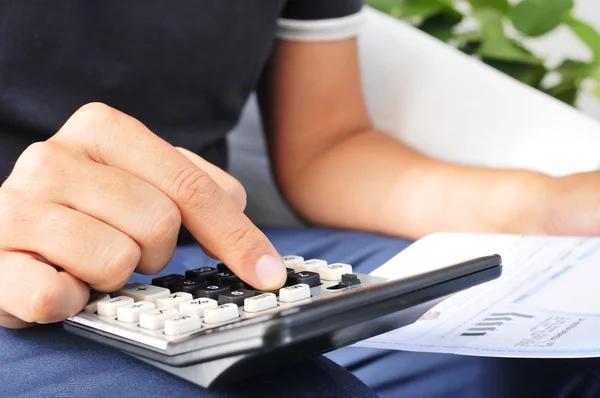Making use of advanced technologies to increase efficiency in irrigation and increase yields. There are many methods to save water, ranging from soil moisture sensors to rainwater harvesting.
Dividing plants into hydro zones to decide which areas require more or less water. Use a rain barrel or similar container to collect rainwater, then connect it to your system using an irrigation hose for lawn and garden watering.
Drip Irrigation Systems
Drip irrigation helps conserve water by applying precisely the right amount of water directly to plant roots. Overwatering can lead to root rot, or other ailments. It also decreases the rate of evaporation and allows for a deeper drainage.
Drip irrigation systems also prevent weeds from growing because they don’t give them the moisture needed to thrive. This could help to reduce or even stop the weeding of gardens and fields. Additionally, this type of irrigation helps to keep the soil in a healthy moisture level, thereby reducing the need for additional fertilizer.
To make the most of a drip irrigation system it is crucial to track the performance and record daily readings. A flow meter could be used to determine variations from the typical water flow rate, which could be a sign of leaks or blocked emitters. The grouping of plants with similar water requirements at the same valve can assist in avoiding turf overwatering or underwatering shrubs and groundcover. Regular flushing of the tape and tubing with chlorine is essential to minimize clogging.
Smart Sprinkler Controllers
Smart irrigation controllers help to reduce water waste. Overwatering can drown plants or promote shallow roots, result in fungus or disease, or cause soil runoff that can pollute local waterways with pesticides and fertilizers. A standard clock-timer controller can be replaced with a WaterSense-labeled soil humidity or a weather-based irrigation control. This can save the average home 7,600 gallons of water per year.
Smart controllers make use of an internet connection to alter how long and how often your sprinklers are run, based on your landscape needs. These controllers work together with other sensors to fine tune your irrigation.
One method of reducing water consumption by using a smart sprinkler controller is to connect it with a rain/freeze sensor. It will stop your sprinkler system from irrigating immediately before and after rain or freezing events.
A weather-based smart irrigation system uses sensors on the soil to determine the evapotranspiration of your landscaping every week. The controller then alters the irrigation schedule in line with. These controllers can be installed by homeowners, or by Oregon licensed landscape construction professionals.
Soil Moisture Sensors
The sensors track the level of water near to the roots of crops that allow Agritech companies and farmers to cut down on water waste. This helps conserve soil health, cuts down on the cost of fertilizers and energy as well as helps protect the local water resources from being depleted and results in higher profit for the farmer.
Most sensors use either capacitance or resistance to measure soil moisture content. Capacitive sensors determine moisture content by measuring changes in capacitance between two prongs on the sensor while resistive sensors calculate this from changes in electrical conductivity of the soil.
Soil moisture sensors should be calibrated to the particular soil type under the conditions they are used. Utilizing a sample of soil inside a calibration container and fill it up to a level that is equivalent to the highest soil water potential of that soil type (usually approximately 50 percent depleted). Add an aliquot of distillate water, and mix it thoroughly. Replace the sensor into the container and ensure it’s completely submerged. Note the voltage and assign a calibration value.
Rainwater harvesting for irrigation
Rainwater harvesting has been used for a long time to supplement or replace traditional irrigation methods in areas that have scarce water resources. Retention and storage of rainwater permits farmers to reduce their dependence on water resources that are controlled and help to maintain the balance of the hydro-geological system in lakes and rivers while also saving money on irrigation costs.
RWH systems typically consist of three primary components that include a rainwater collection system (like gutters and downspouts) and a method to store the collected water (like a barrel), and a pumping/delivery system to deliver the water harvested to crops. Monitoring and filtering equipment is included in more complex systems. How much storage and filtration space will be required depends on the kind of use for which it is intended.
The most popular use for RWH is to supply irrigation, which can be used to supplement existing rainfall, or to reduce the intensity and frequency of conventional irrigation. RWH is also the possibility of clean, fresh water in areas in which groundwater is polluted or desalination and piping water from distant sources cost a lot.
Effective Irrigation Design
The process of designing an irrigation system is highly specific and based on the layout, water resources, dimensions of the project, etc. for every project. When creating an irrigation system, an experienced designer will take into account these factors. This is especially important for projects that are high-end or municipal ones where the price could be thousands of dollars in additional material and calls backs.
In water-scarce regions, increased physical irrigation efficiency is a feasible method of conserving water for agriculture (Perry and Steduto, 2017). This requires bec tuoi cay understanding how efficiency improvements affect the structure and income of the costs, which is dependent on the system of allocation in place. Most allocation systems rely on an unison pool, or prior appropriation, which restricts farmers’ ability to sell water.
Also, to achieve higher irrigation efficiency, such as sprinklers and drips bigger pipes infrastructure, pumps, and pipes are needed. This is a huge energy drain particularly in areas with subsidised electricity or in areas where diesel or solar are the sole source of power. These are costly investment for lower-value crops. It is essential to take into consideration all these factors before investing in the latest technologies.




